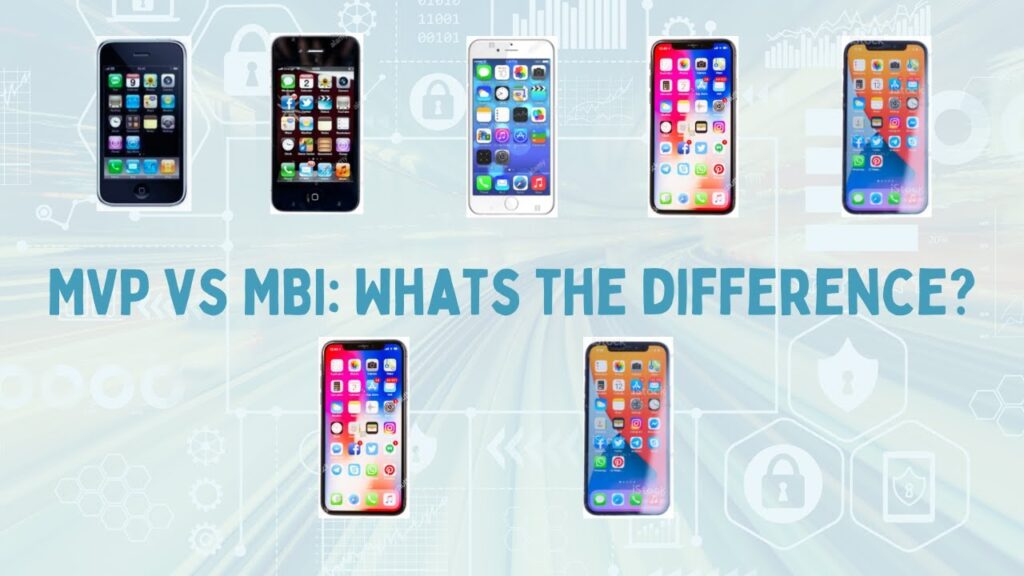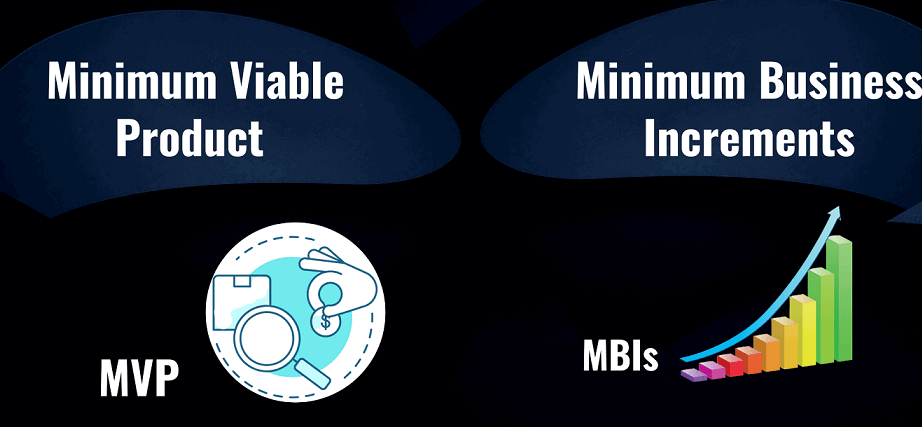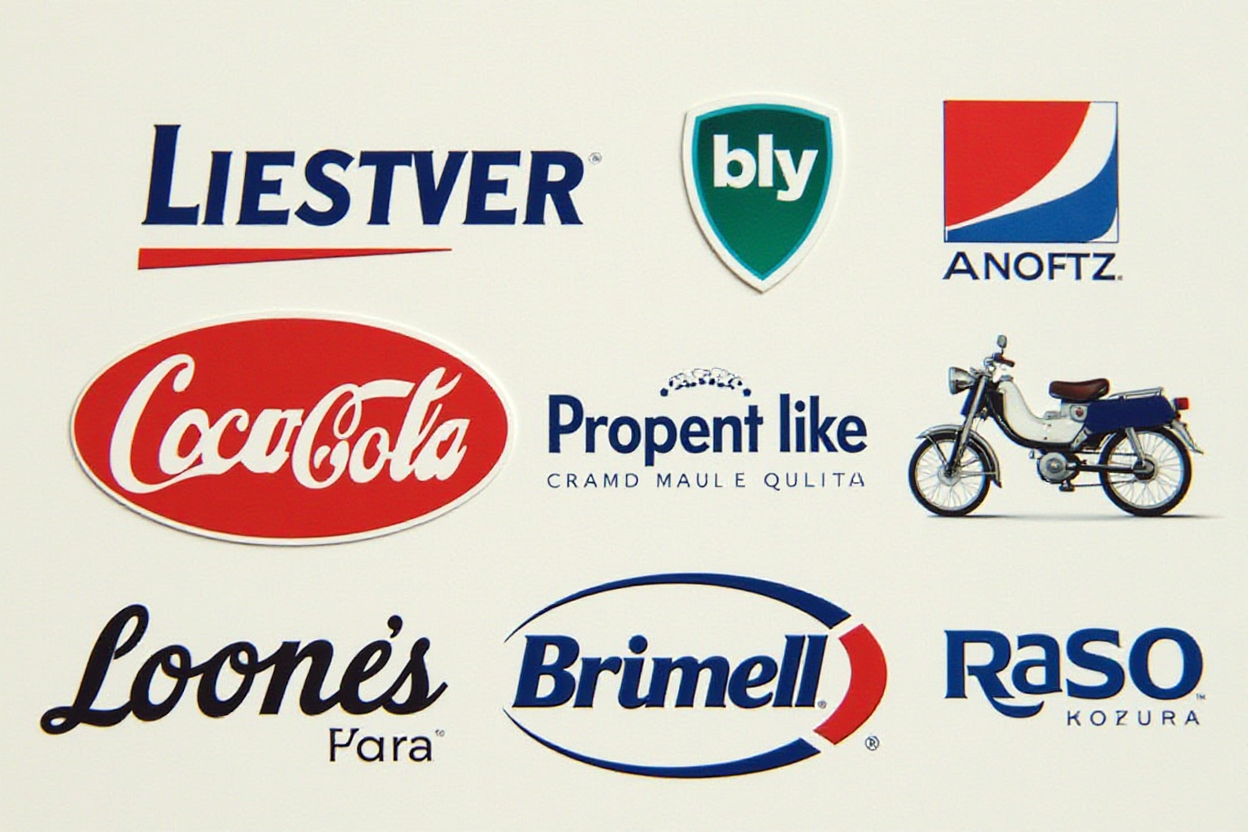Table of Contents
When it comes to product development, the terms minimum business increment vs MVP often pop up. These two ideas sound alike but serve very different purposes. Knowing the difference can help businesses save time, money, and effort.
An MVP, or Minimum Viable Product, focuses on testing a product idea with minimal investment. On the other hand, an MBI, or Minimum Business Increment, delivers small pieces of real value to the customer. Both concepts are essential but are used at different stages of a project. Let’s explore them in detail to understand how they can help your business grow.
Explaining the Minimum Business Increment (MBI)
A Minimum Business Increment, or MBI, is different from an MVP. It focuses on delivering small pieces of value to customers. These small updates help improve the product and make customers happy. Businesses use MBIs to add useful features step by step.
With MBIs, companies aim to deliver value quickly without waiting for a big release. For instance, an online shopping site might add a feature for faster checkout as an MBI. This small change makes the customer’s experience better and builds trust in the product.
MBIs are great for ongoing projects. They ensure that businesses deliver improvements regularly. This approach also helps companies earn money as they develop their products. Customers appreciate regular updates, and it keeps them engaged with the product.
Minimum Business Increment vs MVP: A Clear Comparison

The difference between a Minimum Business Increment and an MVP lies in their purpose. MVPs test if a product idea works, while MBIs deliver value to customers. Both concepts are important, but they serve different goals.
An MVP is like a test drive. It checks if people like the product idea before building the full version. On the other hand, an MBI focuses on adding meaningful updates to an existing product. For example, a company testing a flower delivery service might start with an MVP. Once it works, they can use MBIs to add features like tracking orders or scheduling deliveries.
Understanding these concepts can help businesses succeed. Knowing when to use an MVP or an MBI saves time and resources. It likewise guarantees that the item addresses client issues at each stage.
How MVP Helps Startups Save Money and Time
Startups often face limited budgets and tight deadlines. An MVP helps them make the most of their resources. By launching a simple product version, they can test the market and learn quickly. This approach saves money and reduces the risk of failure.
With an MVP, startups can focus on the core features of their product. They don’t need to assemble everything simultaneously. For example, a company with a new app idea might release a version with just one key function. If customers like it, they can add more features later.
Feedback is another major benefit of using an MVP. Startups can learn what customers want and improve their product. This process helps build a better product while avoiding unnecessary expenses.
How MBI Brings Incremental Value to Customers

Conveying worth to clients is the primary objective of MBIs. Instead of waiting for a big product launch, MBIs allow companies to roll out small updates. These updates improve the product and keep customers satisfied.
MBIs are especially useful for businesses with existing products. They focus on adding features that solve specific problems or enhance usability. For example, a streaming service might introduce a “download for offline” feature as an MBI. Customers benefit from this new feature without needing to wait for a full product overhaul.
Regular updates through MBIs build trust with customers. They show that the company is committed to improving the product. This approach not only enhances customer loyalty but also ensures steady revenue growth.
Examples of MVP: Testing the Waters with Minimal Investment
- A food delivery startup creates a simple website to test customer demand.
- An app company releases a basic version with only one core feature.
- A small business tests a product idea by using social media ads and a landing page.
These examples highlight how MVPs are used to test ideas quickly and efficiently. They allow businesses to learn without a large upfront investment.
Real-Life Scenarios of MBI: Adding Value Step by Step
Examples of MBIs in Action:
- A retail website adds a one-click checkout feature.
- A fitness app introduces personalized workout plans.
- A banking app integrates voice command functionality.
By implementing MBIs, companies deliver small but meaningful improvements. These updates keep customers happy and engaged, ensuring long-term success.
Conclusion
Understanding the difference between minimum business increment vs MVP is essential for any business. MVP helps businesses test a product idea with minimal features, while MBI focuses on adding small pieces of value for customers over time. Both methods are important and can be used at different stages of product development.
By using MVP, businesses can save money and time by learning what works before fully investing in a product. MBIs, on the other hand, help improve customer satisfaction by delivering value regularly. Knowing when to use each strategy can help businesses grow successfully and build better products.
FAQs
Q: What is the main difference between MVP and MBI?
A: MVP focuses on testing a product idea with minimal features, while MBI focuses on adding small, valuable features to a product over time.
Q: How can an MVP save money for a startup?
A: An MVP allows startups to test their idea with minimal investment, so they don’t waste money on a product that might not work.
Q: What kind of businesses use MBIs?
A: MBIs are used by businesses that already have a product and want to improve it by adding new features for customers.
Q: Can an MBI help businesses make money?
A: Yes, by adding value in small updates, MBIs help businesses earn money while improving their products.
Q: Should I use MVP or MBI first?
A: It depends. Use an MVP first to test your product idea, then use MBIs to improve the product and add value for customers.




